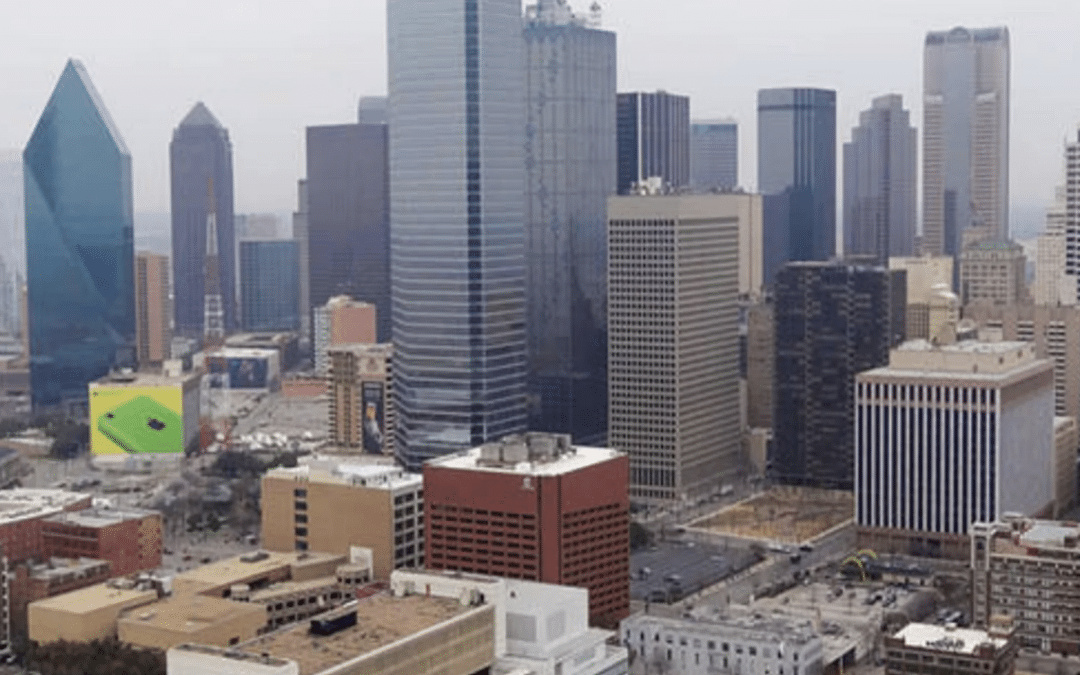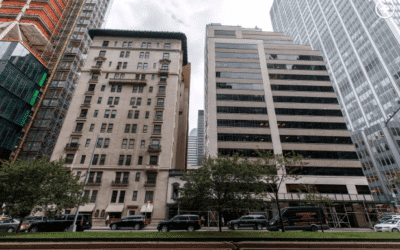With an abundance of empty office space and a shortage of affordable housing, people ask, “Why don’t we just convert the space to housing?”
More than 10,000 residential units were created nationwide through conversions last year, and tens of thousands more are expected to come online in the coming years, according to Yardi Matrix. Los Angeles accounted for 12% of the country’s adaptive reuse projects, creating more than 1,200 units. That’s nearly double the number of converted units in Kissimmee, Florida, ranked second at 648. According to a recent RentCafe report, Dallas is on track to add 1,912 additional apartment conversions in coming years, placing it No. 10 in the U.S. in the category. Additionally, researchers have identified more than 50 office buildings in Dallas-Fort Worth with the potential for conversion to residential, and a study by Gensler, a global design and architecture firm, identified 22 buildings in Denver that are “good candidates” for adaptive reuse.
While adaptive reuse looks like the perfect solution that removes obsolete and empty office space while adding needed housing, many factors can prevent a building from being a good candidate. Gensler looks at five categories in determining suitability: site contexts such as walkability and natural light; how the shape of the building allows for unit layouts; floor plates including window-to-core distance and the number of elevators; envelope factors such as window-to-wall ratio and services such as parking capacity. However, zoning and construction costs also play integral parts.
Office-to-resi conversions can cost anywhere from $250 per S.F. to $350 per S.F., which rivals the cost of a new build in some markets. Modifications to local zoning ordinances, building code adjustments, local property tax abatements, debt subsidies, and the activation of federal programs are all tools that could help make the numbers work.
In January, NYC Mayor Eric Adams proposed to rezone a wide swath of Midtown Manhattan, encompassing a 46-block area from W. 23rd to W. 41st streets, to facilitate new housing. The proposal would erase zoning restrictions that limit office or manufacturing use, allowing dozens of aging office buildings to be converted into apartments. Adams estimated that the Midtown area covered by the proposal could yield 20,000 housing units.
Denver’s Community Planning and Development department launched its “Adaptive Reuse Pilot Program in Upper Downtown.” This program matches property owners interested in converting their buildings to residential units with a dedicated project coordinator to walk the applicant through Denver’s process.
The greenest building is an existing building. Adaptive reuse of office buildings preserves historic buildings, expedites the delivery of new housing products, eliminates demolition costs, reduces development costs, and injects sustainable livelihood into urban areas. Adaptive reuse could also help meet greenhouse gas reduction goals. The Gensler survey estimates that Denver could save between 194 million and 268 million kilograms of carbon dioxide by converting the top 29 buildings rather than tearing them down and rebuilding them.
Adaptive reuse while helping create affordable housing spurs growth for urban areas by providing foot traffic and consumer spending that support neighboring retail on an around-the-clock basis instead of just during office hours.




